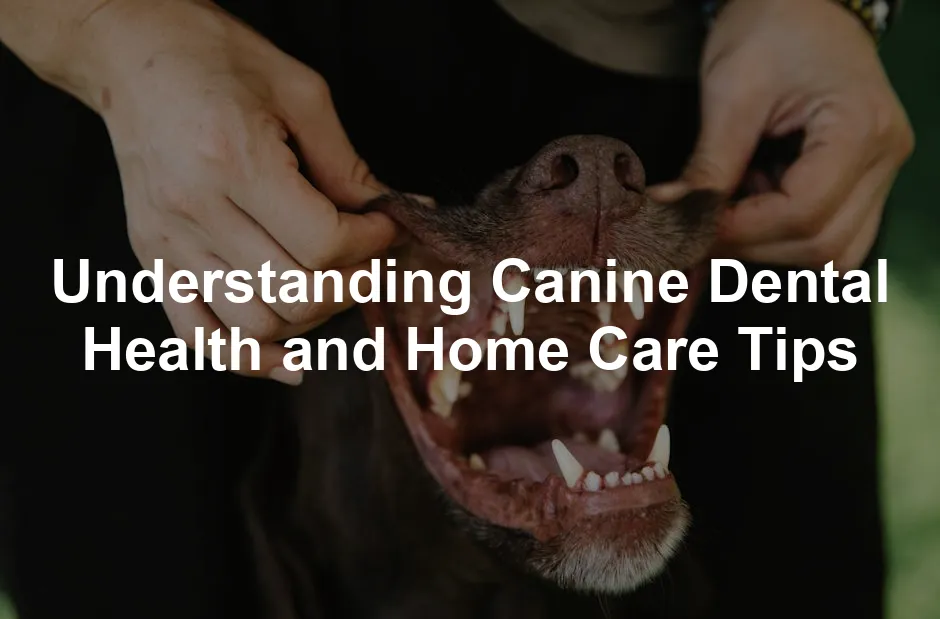- Familiarize: Let your dog sniff and taste the toothpaste.
- Get Comfortable: Gently touch their lips and gums with your finger.
- Introduce the Brush: Use the toothbrush on the front teeth first.
- Move to the Back: Gradually work towards the back teeth, focusing on gum lines.
- Be Gentle: Brush in circular motions and make it a positive experience with treats and praise.
Frequency: Aim for daily brushing. If that sounds daunting, shoot for several times a week at the very least. The more consistent you are, the better their dental health will be.
Remember, every dog is different. Some may take time to adjust, while others might love it from day one. Be patient and turn it into a bonding experience! With regular brushing, your furry friend can enjoy a cleaner mouth and fresher breath.
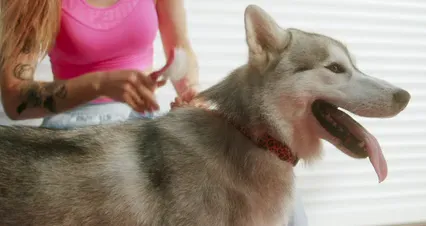
Alternative Dental Care Options
Dental Chews and Treats: Dental chews and treats are a delightful way to support your dog’s dental health. These goodies often have a textured surface that scrubs away plaque while your pup gnaws away happily. Look for products with the Veterinary Oral Health Council (VOHC) Seal of Acceptance. This ensures they’re effective at reducing tartar and promoting fresh breath. Remember, not all chews are created equal! Avoid those that are too hard, as they could damage your dog’s teeth. Instead, choose gentle yet effective options that make dental care feel like a treat. Check out these dental chews that your dog will love!
Water Additives: Water additives are a simple way to enhance your dog’s oral hygiene routine. Just add these tasteless solutions to your pet’s drinking water, and they work to reduce plaque and freshen breath. Many additives contain chlorhexidine or other ingredients that target harmful bacteria. They’re especially useful for pet owners who find brushing challenging. However, always monitor your pet’s water intake, as some dogs may be picky about flavored water. If your furry friend loves their water, you’re in luck! Try this water additive for a fresher drink!
Dental Diets: Prescription dental diets are another fantastic option for maintaining canine dental health. These specially formulated foods are designed to promote oral hygiene through their unique texture and ingredients. Brands like Hill’s Prescription Diet t/d and Royal Canin Dental Dry Dog Food help control plaque and tartar buildup. They work mechanically by encouraging chewing, which scrubs the teeth effectively. Consult with your veterinarian before switching your dog to a dental diet, ensuring it fits their specific health needs.
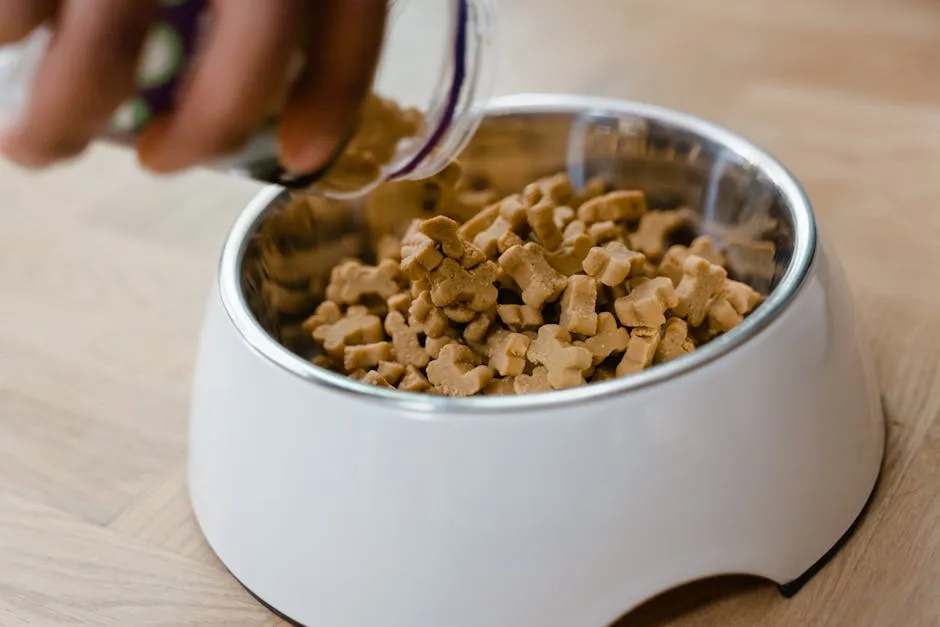
Regular Oral Hygiene Products
Dental Wipes: Dental wipes are a handy supplemental cleaning method for busy pet owners. These pre-moistened wipes can help remove plaque and food particles from your dog’s teeth and gums. They’re especially useful if your dog resists brushing. Simply rub the wipe against your dog’s teeth, focusing on the gum line. While they may not replace brushing, they can help maintain oral hygiene between visits to the vet. Look for wipes with plaque-fighting ingredients to maximize their effectiveness and keep your dog’s mouth fresher. Check out these dental wipes for easy cleaning!
Enzymatic Toothpaste: Enzymatic toothpaste is a game changer when it comes to fighting plaque. Unlike regular toothpaste, these products contain enzymes that help break down plaque and food particles. They come in various flavors, like chicken and peanut butter, making brushing a treat for your dog. Never use human toothpaste, as it can be toxic to pets. Instead, opt for toothpaste specifically formulated for dogs. Regular use will not only keep your dog’s teeth clean but will also lead to fresher breath. Remember, consistency is key to achieving the best results! Find a great enzymatic dog toothpaste that your pup will love!
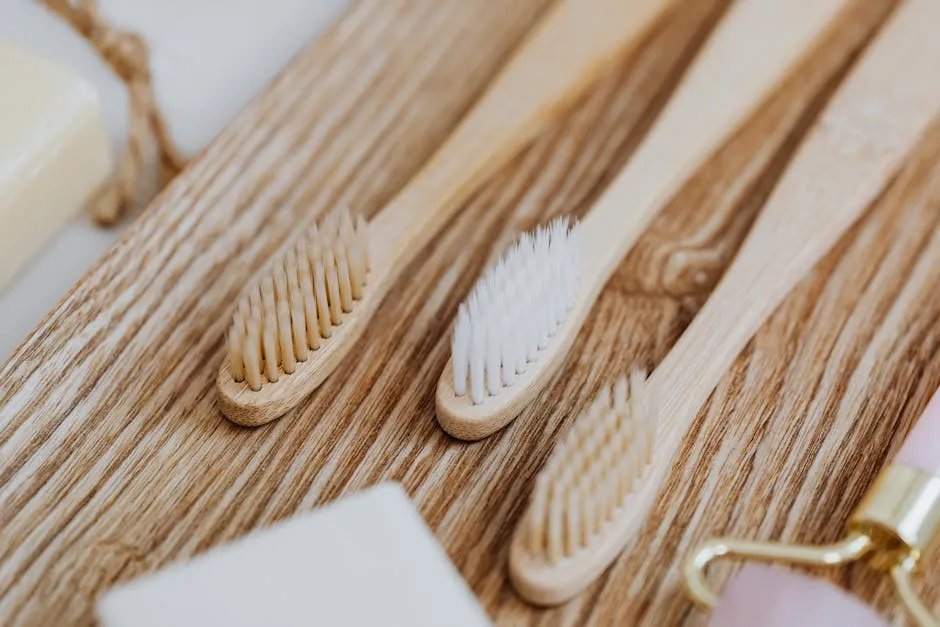
Importance of Professional Cleanings
Regular veterinary check-ups and cleanings are vital for your dog’s dental health. Just like us, dogs can’t brush their teeth effectively on their own. Those little canines need our help! Professional cleanings help spot problems early, preventing pain and costly treatments down the road.
So, what does a professional dental cleaning involve? First, your pup will be anesthetized. Yes, we know it sounds scary, but it’s for their safety and comfort. While they snooze, the vet will scale away plaque and tartar. This involves scraping off that stubborn gunk that brushing at home just can’t tackle. After scaling, polishing comes next. This process gives your dog’s teeth that shiny finish, making it harder for plaque to stick in the future.
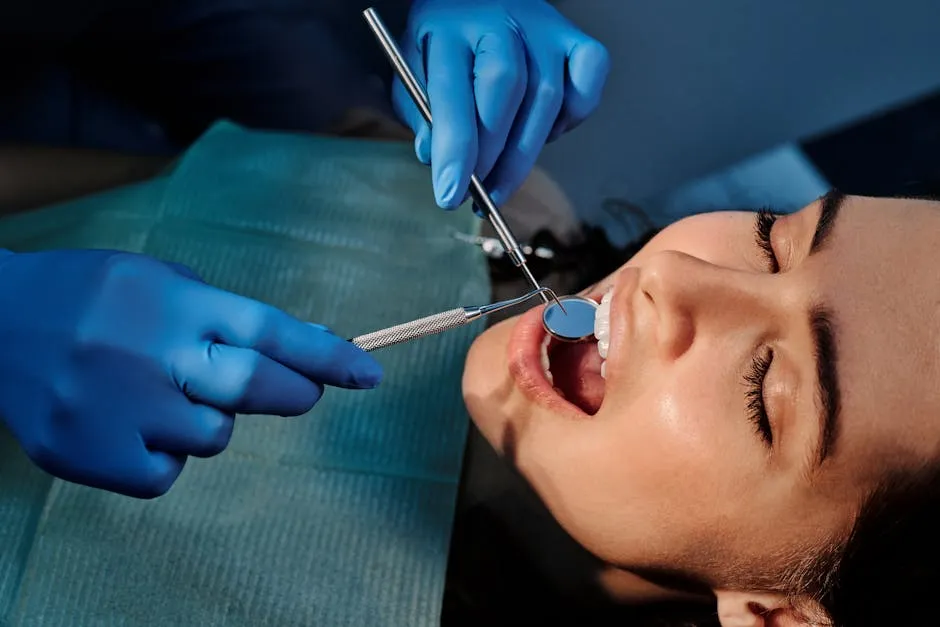
Recognizing When to Visit the Vet
So, when should you rush your furry friend to the vet? Look out for these telltale signs:
- Bad Breath: If your dog’s breath smells like a dumpster, it’s time for a check-up.
- Bleeding Gums: Healthy gums should be pink, not red and swollen.
- Difficulty Eating: If your pup is avoiding food or chewing on one side, they may be in pain.
- Excessive Drooling: While some drooling is normal, a sudden increase could be a red flag.
If you notice any of these symptoms, don’t hesitate! A quick vet visit could save your dog from discomfort.
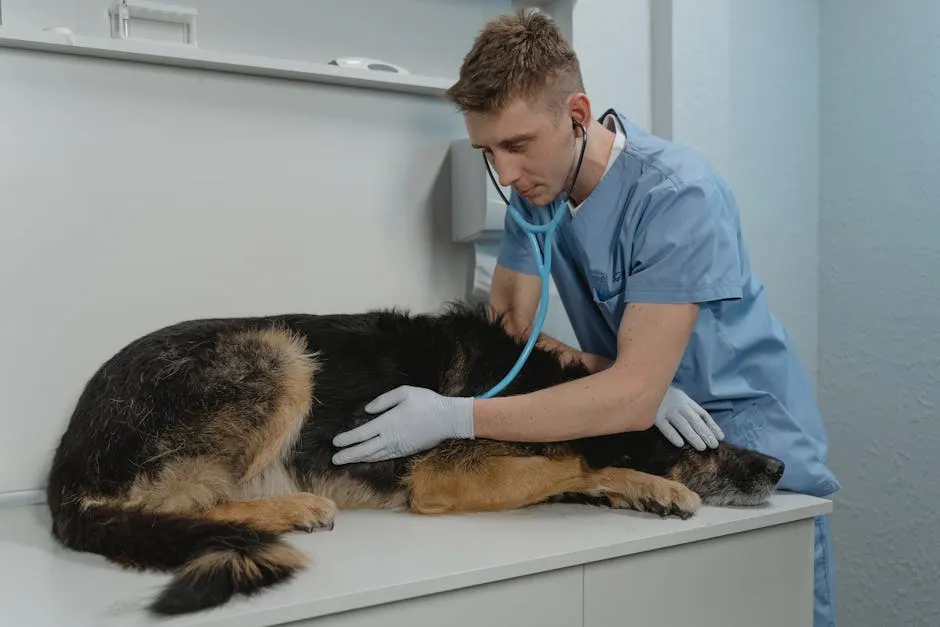
What to Expect During a Dental Check-Up
During a dental check-up, your vet will start with a thorough examination of your dog’s mouth. They will look for signs of dental disease, such as tartar buildup, gum inflammation, and loose teeth. X-rays might be taken to check for underlying issues below the gum line.
Once the examination is complete, the vet will discuss any findings and recommend treatment options. If a professional cleaning is needed, they’ll explain the process, including the anesthesia used for a safer, stress-free experience. Afterward, they’ll provide guidance on maintaining your dog’s dental health at home, helping to keep those pearly whites shining bright!
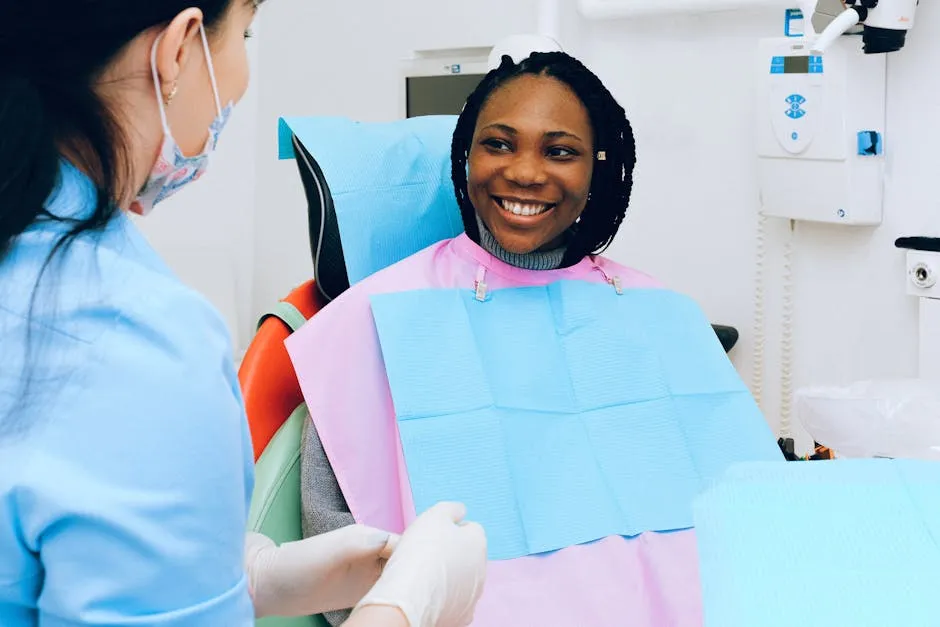
Additional Tips for Maintaining Canine Dental Health
Diet and Nutrition
A balanced diet plays a crucial role in dental health. Dry dog food helps scrape away plaque during chewing, while some brands are specifically designed to reduce tartar. Look for foods that meet the Veterinary Oral Health Council (VOHC) seal of approval. You might want to consider adding some slow feeder bowls to promote healthy eating habits!
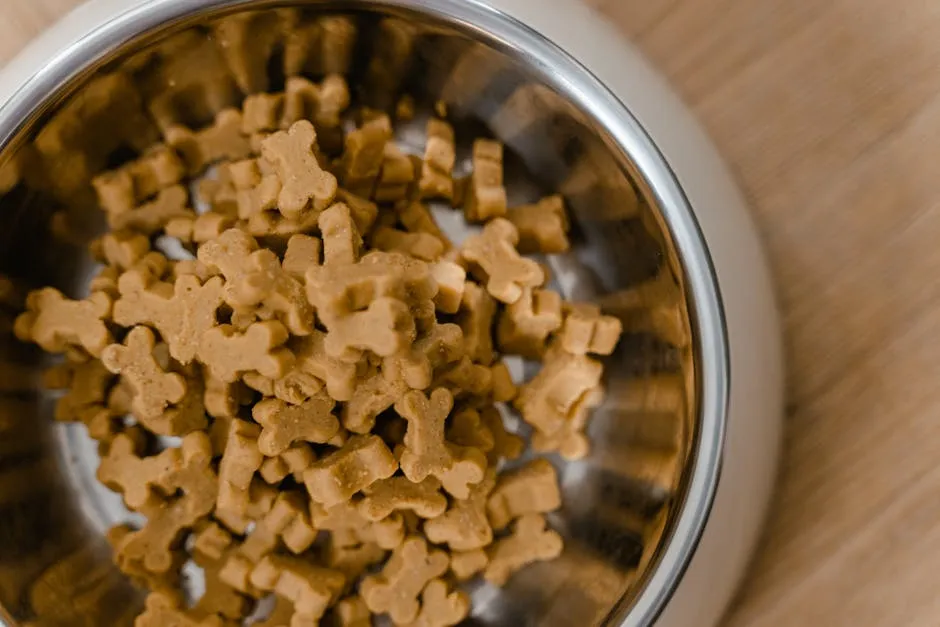
Avoiding Common Pitfalls
What Not to Use: You might think bones are a great treat for your dog, but not all bones are created equal! Hard bones and antlers can lead to cracked teeth and painful injuries. Instead, opt for safer chew toys designed for dental health. They provide a satisfying chew without the risk of dental disaster. Check out these dog dental chew toys that are safe and effective!
Supervision: Always keep an eye on your pup during chewing sessions. Supervision ensures they don’t swallow anything harmful or choke. After all, we want our dogs to enjoy their chew toys, not turn them into a dangerous game of dental roulette!
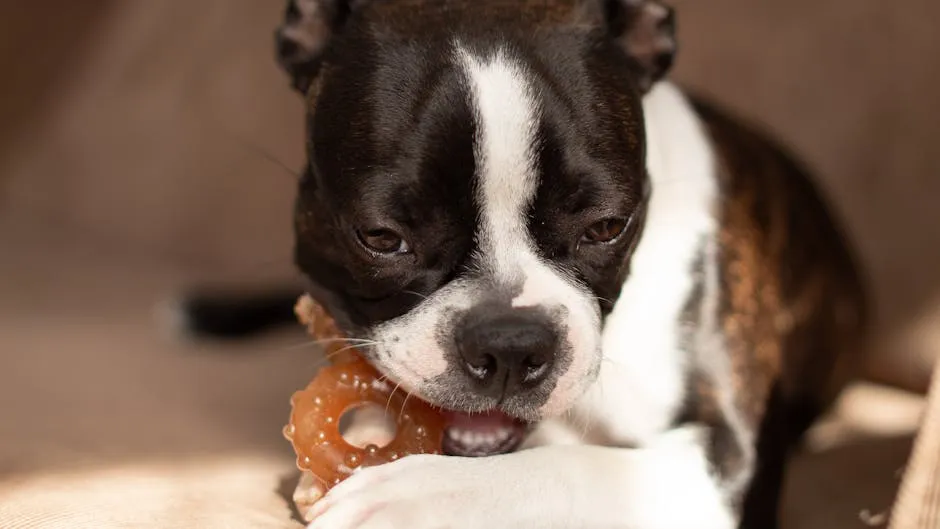
Regular Monitoring
Regularly checking your dog’s teeth and gums is crucial. Get into the habit of inspecting their mouth for signs of trouble. Look out for plaque buildup, redness, or swelling in their gums. If you notice anything unusual, it’s time to consult your vet. Regular monitoring can catch issues early, leading to prompt treatment and a happier pup.
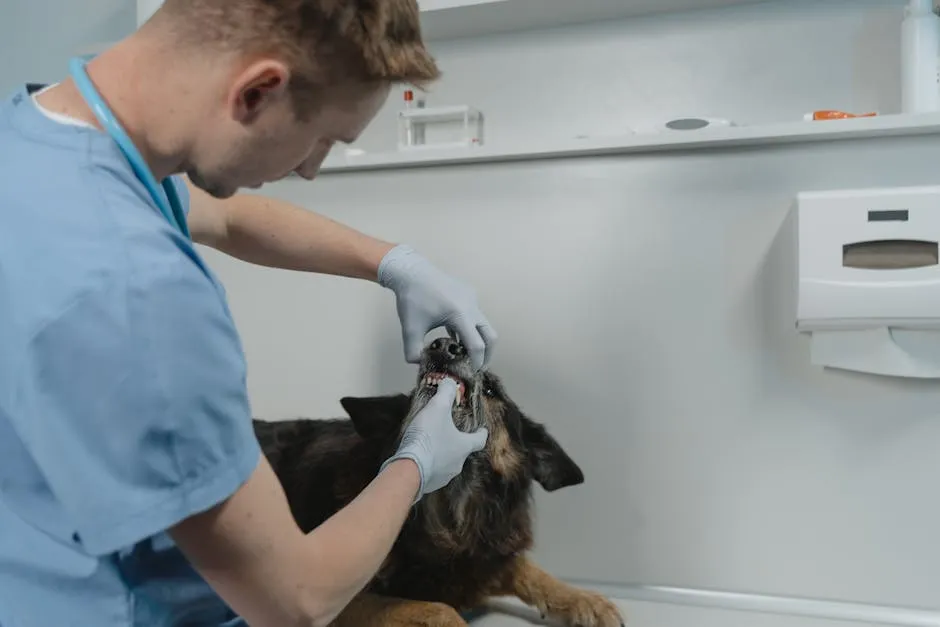
FAQs
What should I do if my dog has bad breath?
Bad breath can indicate dental disease or other health issues. Common causes include plaque buildup, gum disease, or even gastrointestinal problems. If your dog’s breath smells more like a dumpster than a treat, a vet visit is essential to identify the root cause and determine the best treatment.
How often should I have my dog’s teeth professionally cleaned?
The frequency of professional cleanings depends on your dog’s age, breed, and dental health. Generally, annual dental cleanings are recommended. However, dogs prone to dental issues might require cleanings every six months. Consult your veterinarian for personalized advice based on your dog’s specific needs.
Can I use human toothpaste to brush my dog’s teeth?
Absolutely not! Human toothpaste can be toxic to dogs due to ingredients like xylitol. Always use toothpaste specifically formulated for dogs, available in flavors that your pup will love, such as peanut butter or chicken.
What are some signs of dental disease in dogs?
Watch for these symptoms: persistent bad breath, swollen or bleeding gums, difficulty eating, excessive drooling, and loose or missing teeth. If you notice any of these signs, it’s time for a vet visit.
Are dental chews effective?
Yes! Dental chews can be effective in reducing plaque and tartar buildup. Look for products with the VOHC seal of acceptance. However, they should complement regular brushing, not replace it. Always choose dental chews that are appropriately sized for your dog to prevent choking hazards.
Conclusion
Proactive dental care for dogs is essential for their overall health and happiness. By implementing the practices discussed, you can greatly improve your dog’s dental hygiene. Regular brushing, a proper diet, and avoiding harmful chew items are all part of the equation. Don’t forget the importance of routine veterinary visits; these are crucial for maintaining your dog’s dental health. Combining at-home care with professional check-ups can keep your furry friend’s smile bright and their breath fresh. After all, a happy dog with a healthy mouth is a true delight for any pet owner!
Understanding canine dental health is crucial for keeping your dog healthy and happy. Understanding canine dental health and home care tips
Please let us know what you think about our content by leaving a comment down below!
Thank you for reading till here 🙂
All images from Pexels
Introduction
Dental health is vital for our furry companions. Just like us, dogs need proper oral care to avoid dental diseases. Surprisingly, dental issues are extremely common in canines. In fact, studies show that around 80% of dogs over the age of three experience some form of dental disease. This can lead to pain, infection, and severe health complications.
The mouth is a gateway to your pet’s overall health. Poor dental hygiene can cause bacteria to enter the bloodstream, affecting vital organs like the heart, liver, and kidneys. Therefore, maintaining good dental hygiene is key to keeping your dog happy and healthy.
This article aims to equip dog owners with comprehensive guidelines on canine dental health and effective home care tips. From understanding the importance of dental hygiene to practical brushing techniques, we’ve got you covered. Let’s ensure our pups flash those pearly whites with pride!
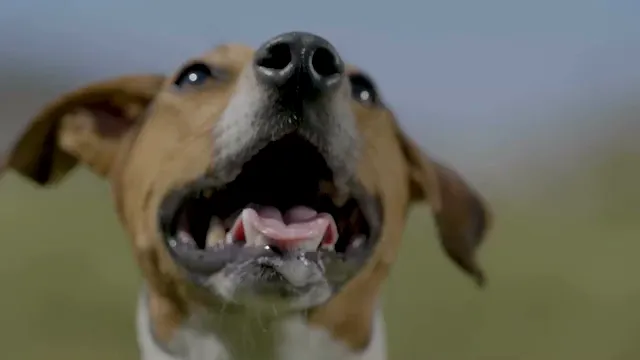
Why Dental Health Matters
The Impact of Poor Dental Health
Statistics surrounding canine dental disease are startling. By age three, about 80% of dogs show signs of dental issues. This is not just a cosmetic concern; it’s a gateway to serious health problems. Poor dental health can lead to gingivitis, a painful inflammation of the gums. If untreated, gingivitis can develop into periodontal disease, which may result in tooth loss.
But that’s not all! The presence of bacteria in the mouth can enter the bloodstream, potentially causing systemic issues. This means that your dog’s dental health is directly linked to their overall health. For instance, periodontal disease can increase the risk of heart disease, liver dysfunction, and kidney issues.
Let’s not forget the daily struggles that come with bad dental health. Bad breath is just the tip of the iceberg. Your dog might experience pain while eating, leading to a reduced appetite. They may also exhibit behavioral changes, such as increased irritability or reluctance to play.
So, what can you do? Regular dental care can prevent these problems. By prioritizing your dog’s dental hygiene, you’re not just keeping their mouth clean; you’re safeguarding their health and longevity.
In summary, understanding the critical connection between dental health and overall well-being is essential. Keep reading for practical tips on maintaining your dog’s dental hygiene, ensuring they lead a happy, healthy life full of wagging tails and bright smiles!
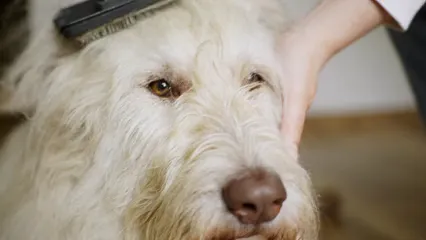
Common Dental Issues in Dogs
Maintaining your dog’s dental health is crucial. Common problems include gingivitis, periodontal disease, tooth loss, and bad breath. Let’s break these down a bit.
Gingivitis is the first stage of gum disease. It’s usually a result of plaque buildup. You might notice red or swollen gums. If your dog’s breath smells like a dumpster, gingivitis could be the culprit.
Next up, we have periodontal disease. This is when gingivitis goes unchecked. Bacteria can lead to serious infections, causing tooth loss and systemic health issues. Signs include excessive drooling, difficulty eating, and, you guessed it, even worse breath.
Tooth loss is a sad but real consequence of dental neglect. If your dog starts dropping food or chewing only on one side, it’s time to investigate.
And let’s not forget about bad breath. While it can be common in dogs, it shouldn’t be overpowering. If it is, chances are your pup needs a dental check-up.
Watch for these signs: difficulty eating, swollen gums, and blood when they chew. Regular monitoring can help catch issues early.
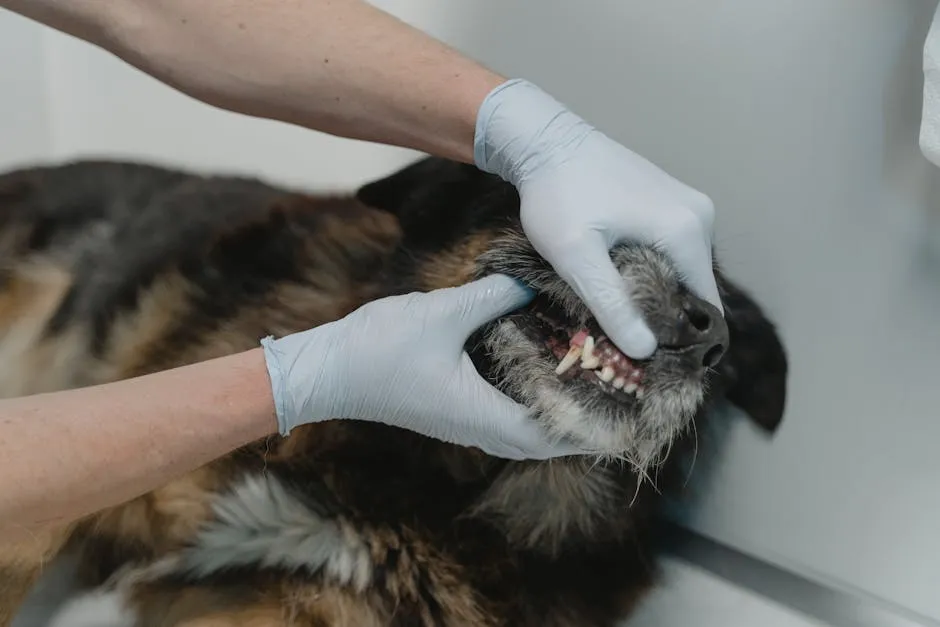
Daily Dental Care Practices
Brushing Your Dog’s Teeth
Importance of Brushing: Regular brushing is crucial to prevent plaque buildup. Just like us, dogs accumulate plaque on their teeth. If you let it sit, it hardens into tartar. Brushing helps keep their teeth and gums healthy, making it a non-negotiable part of dog ownership.
Choosing the Right Tools: Not all toothpaste is created equal! Use only dog-specific toothpaste. Human toothpaste is a big no-no due to harmful ingredients like xylitol. Dog toothpaste comes in yummy flavors like chicken or peanut butter, making it a treat rather than a chore. For brushes, choose a soft-bristled toothbrush designed for dogs or a finger toothbrush for better control.
Brushing Technique: Start slow and make it fun! Here’s a step-by-step:
- Familiarize: Let your dog sniff and taste the toothpaste.
- Get Comfortable: Gently touch their lips and gums with your finger.
- Introduce the Brush: Use the toothbrush on the front teeth first.
- Move to the Back: Gradually work towards the back teeth, focusing on gum lines.
- Be Gentle: Brush in circular motions and make it a positive experience with treats and praise.
Frequency: Aim for daily brushing. If that sounds daunting, shoot for several times a week at the very least. The more consistent you are, the better their dental health will be.
Remember, every dog is different. Some may take time to adjust, while others might love it from day one. Be patient and turn it into a bonding experience! With regular brushing, your furry friend can enjoy a cleaner mouth and fresher breath.

Alternative Dental Care Options
Dental Chews and Treats: Dental chews and treats are a delightful way to support your dog’s dental health. These goodies often have a textured surface that scrubs away plaque while your pup gnaws away happily. Look for products with the Veterinary Oral Health Council (VOHC) Seal of Acceptance. This ensures they’re effective at reducing tartar and promoting fresh breath. Remember, not all chews are created equal! Avoid those that are too hard, as they could damage your dog’s teeth. Instead, choose gentle yet effective options that make dental care feel like a treat. Check out these dental chews that your dog will love!
Water Additives: Water additives are a simple way to enhance your dog’s oral hygiene routine. Just add these tasteless solutions to your pet’s drinking water, and they work to reduce plaque and freshen breath. Many additives contain chlorhexidine or other ingredients that target harmful bacteria. They’re especially useful for pet owners who find brushing challenging. However, always monitor your pet’s water intake, as some dogs may be picky about flavored water. If your furry friend loves their water, you’re in luck! Try this water additive for a fresher drink!
Dental Diets: Prescription dental diets are another fantastic option for maintaining canine dental health. These specially formulated foods are designed to promote oral hygiene through their unique texture and ingredients. Brands like Hill’s Prescription Diet t/d and Royal Canin Dental Dry Dog Food help control plaque and tartar buildup. They work mechanically by encouraging chewing, which scrubs the teeth effectively. Consult with your veterinarian before switching your dog to a dental diet, ensuring it fits their specific health needs.

Regular Oral Hygiene Products
Dental Wipes: Dental wipes are a handy supplemental cleaning method for busy pet owners. These pre-moistened wipes can help remove plaque and food particles from your dog’s teeth and gums. They’re especially useful if your dog resists brushing. Simply rub the wipe against your dog’s teeth, focusing on the gum line. While they may not replace brushing, they can help maintain oral hygiene between visits to the vet. Look for wipes with plaque-fighting ingredients to maximize their effectiveness and keep your dog’s mouth fresher. Check out these dental wipes for easy cleaning!
Enzymatic Toothpaste: Enzymatic toothpaste is a game changer when it comes to fighting plaque. Unlike regular toothpaste, these products contain enzymes that help break down plaque and food particles. They come in various flavors, like chicken and peanut butter, making brushing a treat for your dog. Never use human toothpaste, as it can be toxic to pets. Instead, opt for toothpaste specifically formulated for dogs. Regular use will not only keep your dog’s teeth clean but will also lead to fresher breath. Remember, consistency is key to achieving the best results! Find a great enzymatic dog toothpaste that your pup will love!

Importance of Professional Cleanings
Regular veterinary check-ups and cleanings are vital for your dog’s dental health. Just like us, dogs can’t brush their teeth effectively on their own. Those little canines need our help! Professional cleanings help spot problems early, preventing pain and costly treatments down the road.
So, what does a professional dental cleaning involve? First, your pup will be anesthetized. Yes, we know it sounds scary, but it’s for their safety and comfort. While they snooze, the vet will scale away plaque and tartar. This involves scraping off that stubborn gunk that brushing at home just can’t tackle. After scaling, polishing comes next. This process gives your dog’s teeth that shiny finish, making it harder for plaque to stick in the future.

Recognizing When to Visit the Vet
So, when should you rush your furry friend to the vet? Look out for these telltale signs:
- Bad Breath: If your dog’s breath smells like a dumpster, it’s time for a check-up.
- Bleeding Gums: Healthy gums should be pink, not red and swollen.
- Difficulty Eating: If your pup is avoiding food or chewing on one side, they may be in pain.
- Excessive Drooling: While some drooling is normal, a sudden increase could be a red flag.
If you notice any of these symptoms, don’t hesitate! A quick vet visit could save your dog from discomfort.

What to Expect During a Dental Check-Up
During a dental check-up, your vet will start with a thorough examination of your dog’s mouth. They will look for signs of dental disease, such as tartar buildup, gum inflammation, and loose teeth. X-rays might be taken to check for underlying issues below the gum line.
Once the examination is complete, the vet will discuss any findings and recommend treatment options. If a professional cleaning is needed, they’ll explain the process, including the anesthesia used for a safer, stress-free experience. Afterward, they’ll provide guidance on maintaining your dog’s dental health at home, helping to keep those pearly whites shining bright!

Additional Tips for Maintaining Canine Dental Health
Diet and Nutrition
A balanced diet plays a crucial role in dental health. Dry dog food helps scrape away plaque during chewing, while some brands are specifically designed to reduce tartar. Look for foods that meet the Veterinary Oral Health Council (VOHC) seal of approval. You might want to consider adding some slow feeder bowls to promote healthy eating habits!

Avoiding Common Pitfalls
What Not to Use: You might think bones are a great treat for your dog, but not all bones are created equal! Hard bones and antlers can lead to cracked teeth and painful injuries. Instead, opt for safer chew toys designed for dental health. They provide a satisfying chew without the risk of dental disaster. Check out these dog dental chew toys that are safe and effective!
Supervision: Always keep an eye on your pup during chewing sessions. Supervision ensures they don’t swallow anything harmful or choke. After all, we want our dogs to enjoy their chew toys, not turn them into a dangerous game of dental roulette!

Regular Monitoring
Regularly checking your dog’s teeth and gums is crucial. Get into the habit of inspecting their mouth for signs of trouble. Look out for plaque buildup, redness, or swelling in their gums. If you notice anything unusual, it’s time to consult your vet. Regular monitoring can catch issues early, leading to prompt treatment and a happier pup.

FAQs
Conclusion
Proactive dental care for dogs is essential for their overall health and happiness. By implementing the practices discussed, you can greatly improve your dog’s dental hygiene. Regular brushing, a proper diet, and avoiding harmful chew items are all part of the equation. Don’t forget the importance of routine veterinary visits; these are crucial for maintaining your dog’s dental health. Combining at-home care with professional check-ups can keep your furry friend’s smile bright and their breath fresh. After all, a happy dog with a healthy mouth is a true delight for any pet owner!
Understanding canine dental health is crucial for keeping your dog healthy and happy. Understanding canine dental health and home care tips
Please let us know what you think about our content by leaving a comment down below!
Thank you for reading till here 🙂
All images from Pexels

